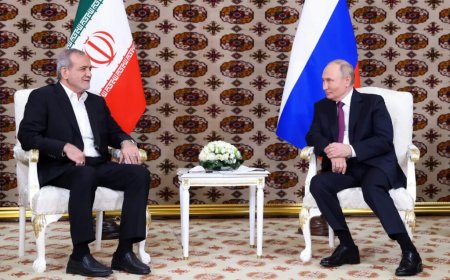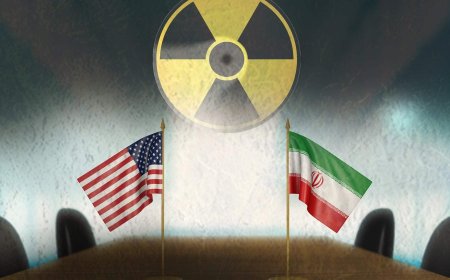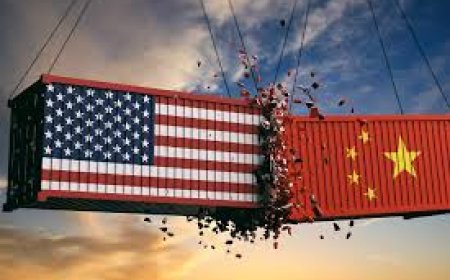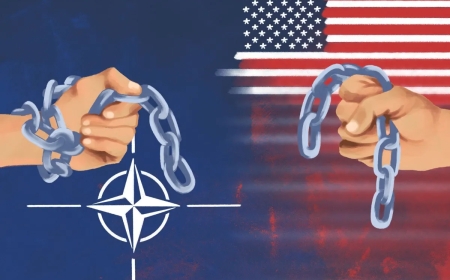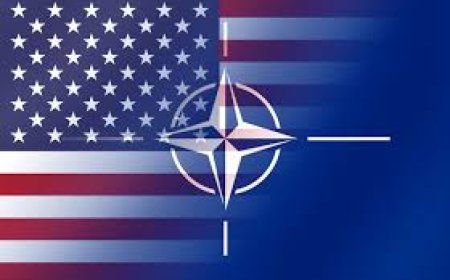Does the crisis in Ukraine signal the start of a new arms race?
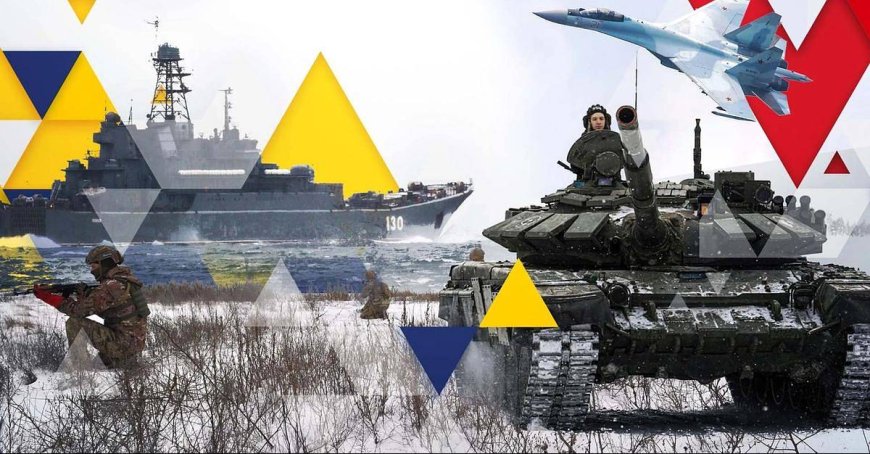
The world military industry grew at an unprecedented rate around the time the Ukrainian crisis began, to the point where in 2021 it made 2.1 trillion dollars, the greatest revenue in its history.Numerous major and small countries, particularly across Europe, have greatly boosted their military expenditures, notably Germany, a former war machine that was excluded from the arms race after its humiliating defeat in World War II.
Last year, Germany announced a defence budget of $113 billion. On the other hand, in addition, Russia has allocated a military budget of approximately 84 billion dollars for 2023, which is a 40% increase over the projections. However, this is just 10% of what the United States will spend on its military in 2023.Meanwhile, China has increased its military expenditures to an unprecedented level and joined the arms race out of concern over developments in Eastern Europe and the West's antagonistic approach vis-à-vis the Eastern Bloc.According to observers, Beijing has seen the largest rise in its military budget to date, prompting its southern neighbours to spend more on their militaries.Likewise, France is restructuring its military in preparation for a possible fierce conflict. The Élysée Palace has reportedly set a new six-year budget of 400 billion euros for 2030–2024, an increase of one-third above the current budget.
According to a recent study by the Kiel Institute for the World Economy, the United States and the United Kingdom provided the largest military assistance to Ukraine between January 24 and October 3, followed by Poland, with the Czech Republic ranking ninth.The CEO of the Polish PGZ Armaments Group, Sebastian Chwałek, stated that his country's military export income has climbed since the onset of the Ukraine crisis and that his company plans to spend up to 8 billion zlotys ($1.8 billion) over the next decade, which is more than double its goal prior to the war. According to Mr. Chwałek, , the sale of artillery systems, mortars, howitzers, light weapons, and other ammunition to Ukraine would surpass Poland's pre-war goal of 6.74 billion zlotys ($1.494 billion).
In an interview with Reuters, Tomáš Kopečný, the Czech Republic's former Defense Minister, acknowledged the rise in revenue from arms exports, noting that Ukraine has received more than 50 billion korunas ($2.1 billion) in weapons and equipment. He continued by stating that this year's shipments of Czech firearms are the highest since 1989.Under the pretext of supporting Ukraine, a number of NATO members supplied Kyiv with a stockpile of outdated weapons. It is time to produce and sell modern weaponry until the stores are empty. While the Ukraine has waited months for Western weaponry that meets NATO standards.
A number of Western politicians have indeed confirmed these reports. Jakub Landovský, the Czech Republic's ambassador to NATO, stated, in response to the increase in income of Eastern European countries from arms exports, that the Czech Republic is one of the world's leading exporters of arms and possesses the personnel, raw materials, and production lines necessary to increase its military export capacity.
Mr. Landovský added that this is an outstanding chance for Prague to replenish its needs after delivering obsolete Soviet-era weapons to the Ukrainians and that this may signal to other countries that the Czech Republic is a reliable partner in the weapons trade.




